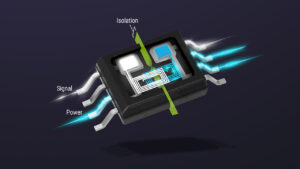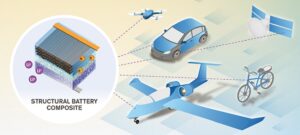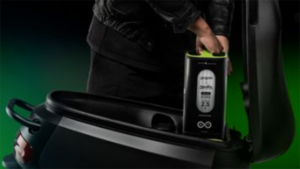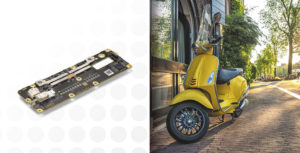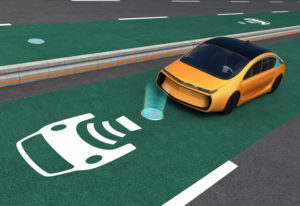A new Battery Test System (BTS) for electric vehicle (EV) testing is designed to help tier-one suppliers and automakers adapt to the complexity and scale of EV battery testing through enhanced customization, automation, and connection of data across the entire battery test workflow to ensure performance and accelerate time to market. Batteries are at the…
Relays designed for higher reliability in isolated high-voltage environments
Building on more than two decades of experience developing new isolation manufacturing technologies and integrated circuits (ICs) for high-voltage systems, Texas Instruments introduced new portfolio of solid-state relays, including automotive-qualified isolated drivers and switches, that deliver industry-leading reliability to help make electric vehicles (EVs) safer. The new isolated solid-state relays also provide the smallest solution […]
What’s the status of EV charging connector standards?
Connectors for electric vehicle (EV) charging are both standardized and changing. On one level, EV charging connectors are standardized based on today’s technology limitations. There are standards in major regional markets, including North America, Japan, the European Union, and China. But current charging technologies are power limited. This FAQ begins with a review of EV […]
Li-ion batteries, Part 5: electrolytes
The electrolyte is often an underappreciated component in Lithium-ion (Li-ion) batteries. They simply provide an electrical path between the anode and cathode that supports current (actually, ion) flow. But electrolytes are a key to battery performance, and advances in electrolyte chemistries are expected to be an important development leading to high-performance, safe, and low-cost Li-ions…
Li-ion batteries: building massless batteries
Battery cells, modules, and systems support many electronic, transportation, and energy applications. This article briefly reviews the operation of rechargeable batteries and looks at the energy storage value chain; it then presents common battery cell formats and how battery cells are assembled into modules and systems, reviews the development of multi-function structural battery packs, and…
Swappable solid-state battery prototype targets EV uses
What’s said to be the world’s first solid-state lithium ceramic battery prototype for two-wheel battery swapping has been jointly developed by Gogoro and ProLogium Technology, a global leader in solid state battery technology. “Gogoro is unveiling the world’s first solid state battery for two-wheel battery swapping because it’s imperative we take advantage of the latest…
EV battery technologies: From the state of the art to the future energy stores
Lithium-ion batteries have significantly increased the capability of electric vehicles, with high energy storage density and efficiency. They can currently achieve specific energy and power densities of 260 Wh/kg and 340 W/kg, respectively, with a life of over 1,000 cycles. In recent years, most developments in lithium-ion batteries have focused on cathode chemistry, with battery…
Battery management system enables battery hot swapping in low-voltage EVs
Sensata Technologies announced the availability of its new i-BMS battery management system (BMS) for electrified applications up to 60V. The new i-BMS Battery Management System from Sensata’s Lithium Balance product brand, acquired by Sensata earlier in the year, is cell chemistry agnostic, compact, integrated BMS developed for the cost-optimized mass-production of applications up to 60V, such as […]
Comparing EV battery and fuel cell energy density
Battery electric vehicles (BEV) and fuel cell electric vehicles (FCEV) are two “zero-emissions” vehicles. Although none achieve zero emissions, as discussed below. The amount of energy stored in a battery or hydrogen tank for a FCEV can be measured in two ways: Energy Density: Energy per unit volume, also known as volumetric energy density Specific…
How electric vehicle wireless charging works
Wireless charging allows an electric vehicle to be charged simply by parking it over a wireless charging pad containing an electrical coil. Vehicles can even be charged dynamically while driving along roads having multiple embedded coils. This works using the same principle as wireless phone charging or a transformer – electromagnetic induction. Induction is the…


